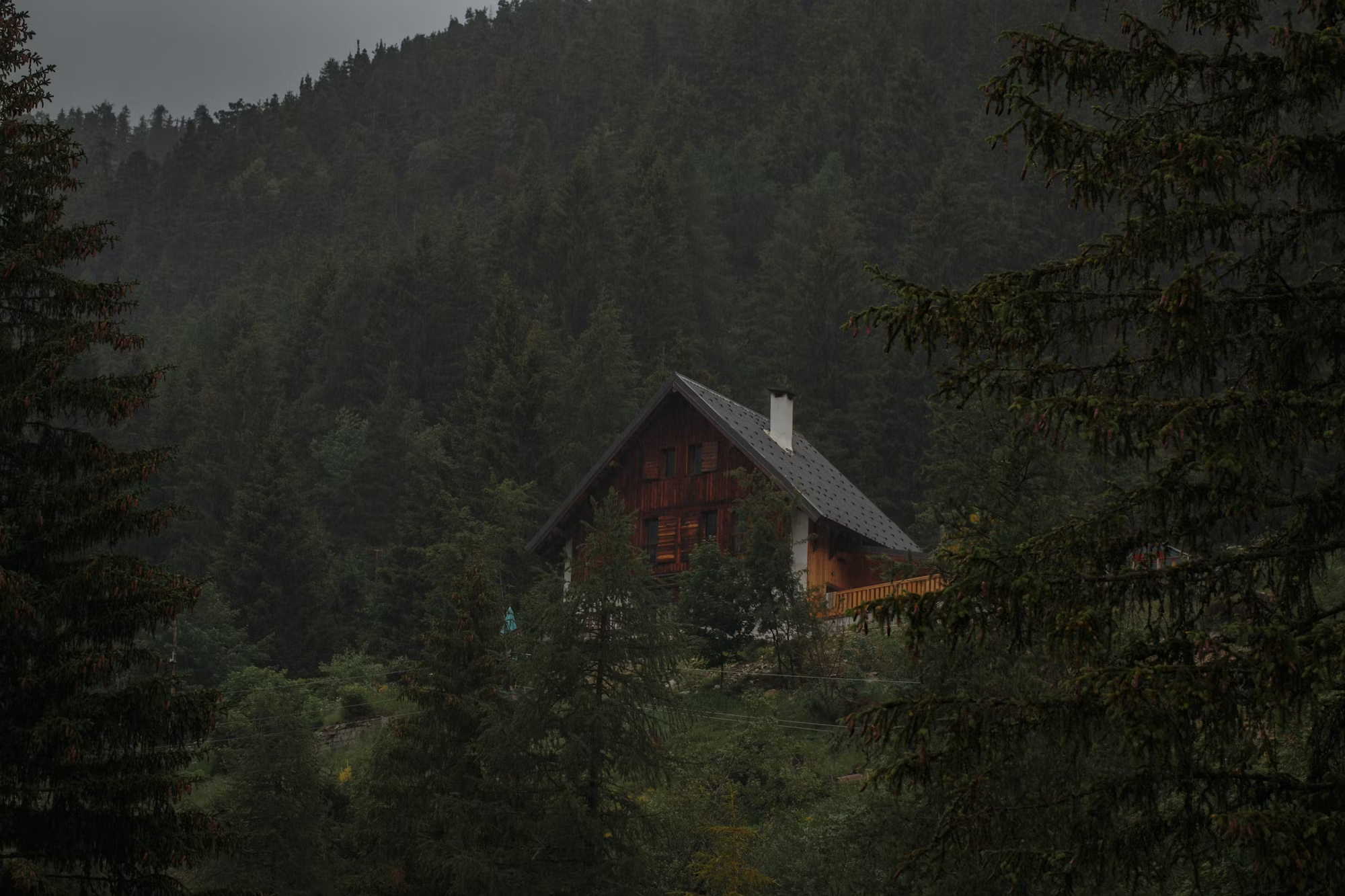Outdoor spaces are an extension of our homes, providing areas for relaxation, entertainment, and connection with nature. A well-designed exterior can significantly enhance the overall appeal and functionality of a property. This article delves into the essential elements of outdoor design, offering insights and tips on how to create inviting outdoor spaces that enrich your lifestyle and beautify your home.
Understanding Outdoor Design
Outdoor design encompasses various elements, including landscaping, hardscaping, lighting, and furnishings. The goal is to create a cohesive outdoor environment that reflects the style of your home while meeting your functional needs. Before embarking on any outdoor project, it’s crucial to assess your available space, lifestyle, and the intended use of the area.
When designing your outdoor spaces, consider how you want to use them. Are you looking to create a peaceful garden retreat, a vibrant entertainment area, or a functional space for family activities? By identifying the primary purpose of your outdoor areas, you can make informed decisions regarding layout, materials, and design elements that align with your vision.
Landscaping Essentials
Landscaping is a foundational aspect of outdoor design that can transform a mundane yard into a lush paradise. When selecting plants, consider factors such as climate, soil type, and sunlight availability. Opt for native plants that thrive in your region, as they require less maintenance and contribute to local biodiversity.
Layering plants creates visual interest and depth. Start with larger trees and shrubs as the backdrop, then layer smaller plants and flowers in the foreground. This approach not only enhances aesthetics but also provides habitat for wildlife. Incorporating seasonal blooms ensures that your garden remains vibrant throughout the year, offering changing colors and textures.
Additionally, consider the use of mulch and decorative stones to define garden beds and pathways. These elements can add structure to your landscape while reducing weed growth and retaining moisture in the soil.
Creating Functional Hardscapes
Hardscaping refers to the non-plant elements of outdoor design, such as patios, pathways, decks, and retaining walls. These features provide structure and function, enhancing the usability of outdoor spaces. When designing hardscapes, consider materials that complement your home’s architecture and the surrounding environment.
Patios serve as versatile spaces for dining, relaxing, or entertaining. When designing a patio, think about its size and layout in relation to your home and garden. Materials such as natural stone, pavers, or stamped concrete can create a polished look while ensuring durability. Adding features like fire pits or outdoor kitchens can further enhance the functionality of your patio, making it a hub for social gatherings.
Pathways guide visitors through your outdoor space, connecting different areas while adding visual appeal. Consider using materials like gravel, stepping stones, or brick to create inviting walkways. Curved paths often feel more organic and engaging, leading visitors through a journey rather than a straight line.
Incorporating Outdoor Lighting
Lighting is a critical component of outdoor design that enhances safety and ambiance. Thoughtfully placed lighting can highlight architectural features, illuminate pathways, and create a cozy atmosphere for evening gatherings. Consider a combination of ambient, task, and accent lighting to achieve a balanced effect.
Solar-powered lights are an eco-friendly option that requires minimal installation and maintenance. String lights or lanterns can add charm and warmth to patios and gardens, while spotlights can highlight trees or sculptures. Installing dimmers or smart lighting systems allows you to adjust the mood based on the occasion, whether it’s a lively dinner party or a quiet night under the stars.
Furnishings and Decor
Outdoor furnishings play a vital role in enhancing the comfort and functionality of your exterior spaces. Select furniture that is weather-resistant and complements your overall design theme. Consider materials such as teak, aluminum, or synthetic wicker that withstand the elements while providing style and comfort.
Creating distinct zones with furnishings can help define areas for relaxation, dining, or play. For example, a cozy seating area with plush cushions encourages relaxation, while a dining set with an umbrella creates a functional space for outdoor meals. Adding decorative pillows, rugs, and throws can further enhance comfort and style.
Incorporate decor elements like planters, sculptures, or water features to add personality to your outdoor spaces. These touches not only beautify the environment but also create focal points that draw the eye and enhance the overall design.
Sustainable Practices in Outdoor Design
Sustainability is increasingly becoming a priority in outdoor design. Implementing eco-friendly practices not only benefits the environment but can also enhance the appeal and functionality of your outdoor spaces. Consider using permeable paving materials that allow water to seep through, reducing runoff and promoting natural drainage.
Rain gardens and bioswales can manage stormwater while providing habitat for wildlife. Incorporating native plants reduces the need for irrigation and chemical fertilizers, promoting a healthier ecosystem. Additionally, consider composting organic waste from your garden to enrich the soil naturally.
Conclusion
In conclusion, designing outdoor spaces is an art that combines functionality with aesthetics. By understanding the key elements of outdoor design—landscaping, hardscaping, lighting, and furnishings—you can create inviting and functional spaces that enhance your home’s exterior. With careful planning and consideration of your needs and preferences, you can transform your outdoor areas into beautiful extensions of your living space. As you embark on your outdoor design journey, remember that these spaces should reflect your unique style while providing comfort and enjoyment for years to come.




